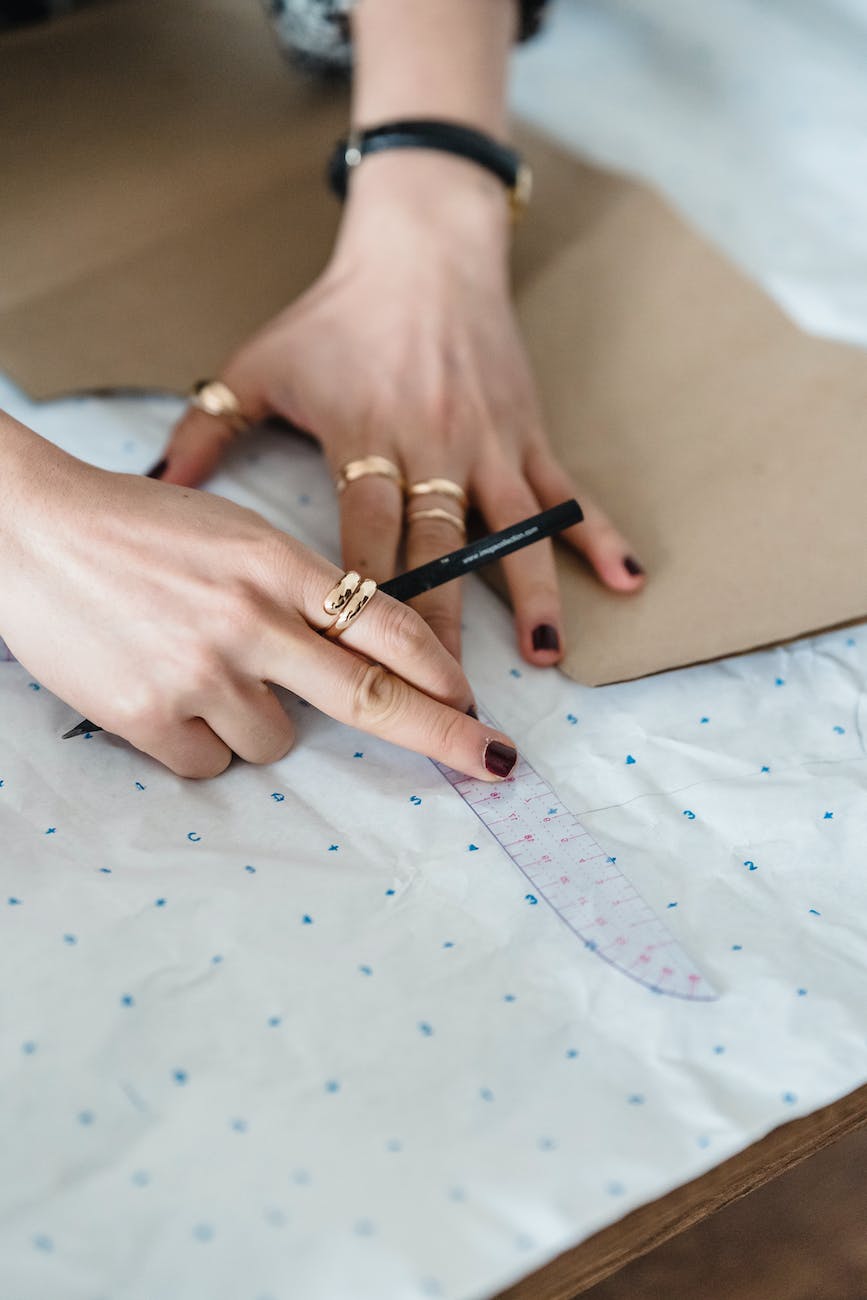sewing with leather: tips for working with this unique material
Leathercraft: A Stylish and Durable Craft
Leather is a versatile and durable material that can be used to create a variety of beautiful and functional items. From stylish garments and accessories to home goods, leather can add a touch of luxury to any space.
However, sewing leather requires some special considerations. Leather is a tough material, so you need to use sharp tools to cut and sew it. You also need to use the right type of thread and needles, as well as a walking foot.
With a little care and attention, you can sew leather successfully and create beautiful and long-lasting items.
In this article, we will discuss the basics of sewing leather. We will cover topics such as choosing the right type of leather, preparing the leather, using the right tools, and sewing techniques.
We will also provide some tips for sewing leather successfully. By following these tips, you can create beautiful and functional leather items that will last for years to come.
So if you are interested in learning how to sew leather, read on! We will show you how to get started and help you create your own stylish and durable leather crafts.
Selecting Leather for Sewing
Consider thickness – Very lightweight leathers can be sewn like fabric. Medium to heavy leathers require advanced skills. Start thinner.
Check finish – Some leathers have a coated finish that cracks if stressed when sewing. Raw unfinished hides work better.
Test flexibility – Pliable leathers bend easily around curves. Stiffer types hold shape but don’t ease well.
Evaluate adhesion – Some coated leathers resist glue and needle friction. Rawhide adheres well.
Prepare for shed – Many leathers will shed when cut. Cover workspace and wear apron to catch mess.
Helpful Tools for Sewing Leather
- Leather needles easily pierce the hide – use size 12+
- Rotary cutter and sharp new blades make flawless cuts
- Edge beveler slices perfect angle along leather edges
- Edge slicker burnishes cut sides for clean finish
- Edge paint or gum hardens edges and prevents fraying
- Cork-backed metal ruler prevents distorting softer leathers
Best Practices for Sewing Leather
- Use synthetic thread like polyester – avoid cotton
- Lengthen machine stitch to 4mm so needle can penetrate leather
- Reduce foot pressure and feed dogs to allow leather to glide through machine
- Use a Teflon foot for best non-stick performance
- Hand baste or glue layers first to prevent movement and friction
- Press using Teflon iron cover to avoid shine marks
- Punch holes instead of backstitching at seams’ ends to finish cleanly
Leather Project Ideas
- Accessories like handbags, wallets, watchbands, jewelry
- Apparel such as skirts, jackets, hats, gloves
- Home décor accents like pillows, photo albums, book covers
Leather is a beautiful and durable material that can be used to create a variety of stunning and functional items. However, sewing leather requires some special considerations.
With careful material selection and handling adjustments, leather’s distinct beauty can elevate sewing projects into something truly special. Here are some additional tips for sewing leather successfully:
- Choose the right type of leather for your project. Not all leathers are created equal. Some leathers are more difficult to sew than others. For example, suede is a type of leather that is made from the underside of the animal’s skin. It is a soft and delicate material, so it is important to use sharp needles and a walking foot when sewing with suede.
- Prepare the leather before you start sewing. This may involve cleaning, conditioning, or even sanding the leather. Cleaning the leather will remove any dirt or debris that could interfere with the sewing process. Conditioning the leather will help to keep it soft and supple. Sanding the leather will help to smooth out any rough edges.
- Use the right tools. As mentioned above, you will need sharp needles and blades, as well as a walking foot. You may also want to use a leather needle and thread. Leather needles are specifically designed to pierce through leather without damaging it. Leather thread is also stronger than regular thread, so it will hold up better to wear and tear.
- Sew slowly and carefully. Leather can be difficult to sew, so it is important to take your time and be careful. Don’t be afraid to practice on scraps of leather before you start on your project.
- Don’t be afraid to ask for help. If you are having trouble sewing leather, there are many resources available to help you. You can find books, websites, and even classes that can teach you how to sew leather.
With a little care and attention, you can sew leather successfully and create beautiful and long-lasting items. So what are you waiting for? Start sewing today!
